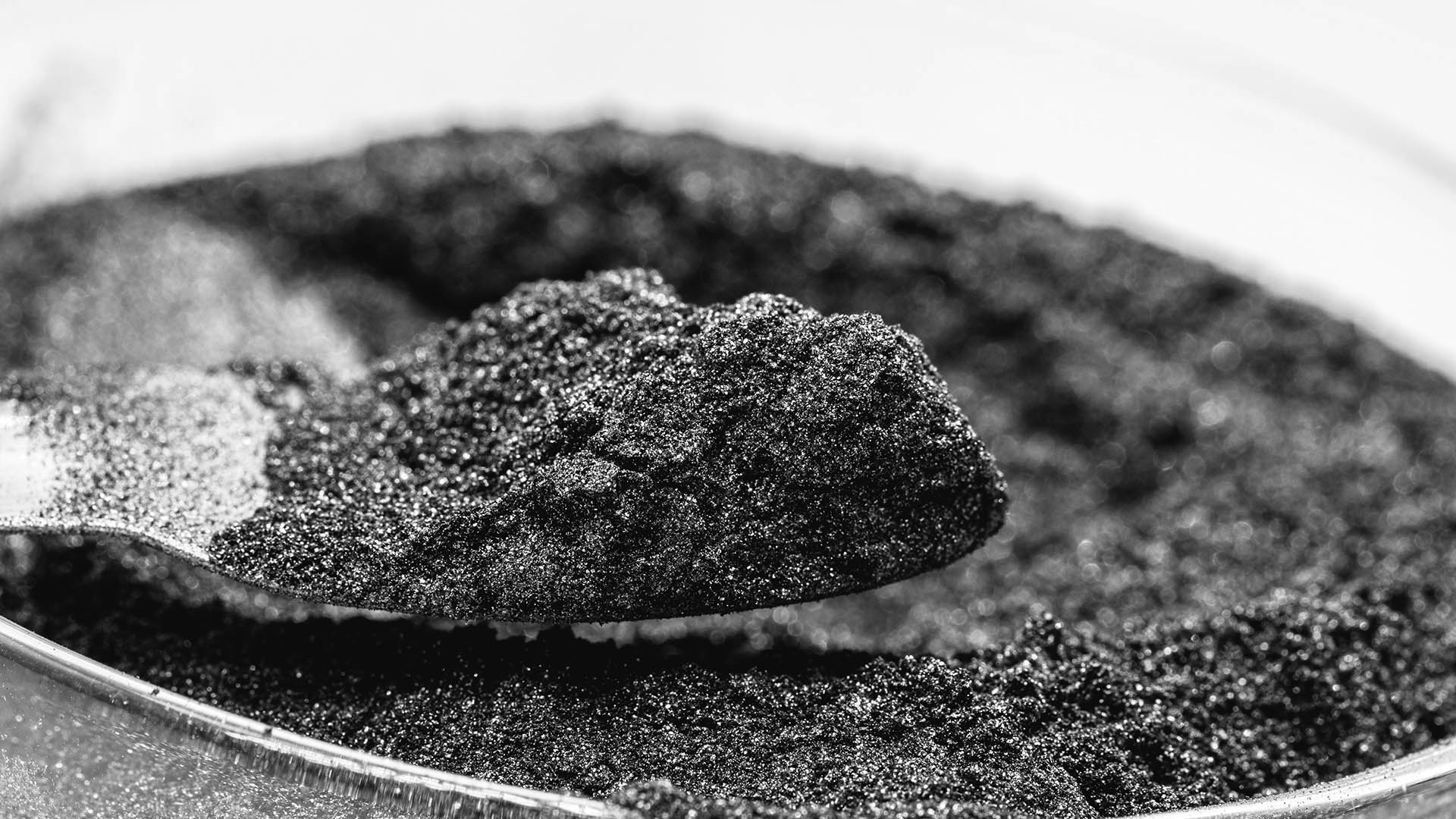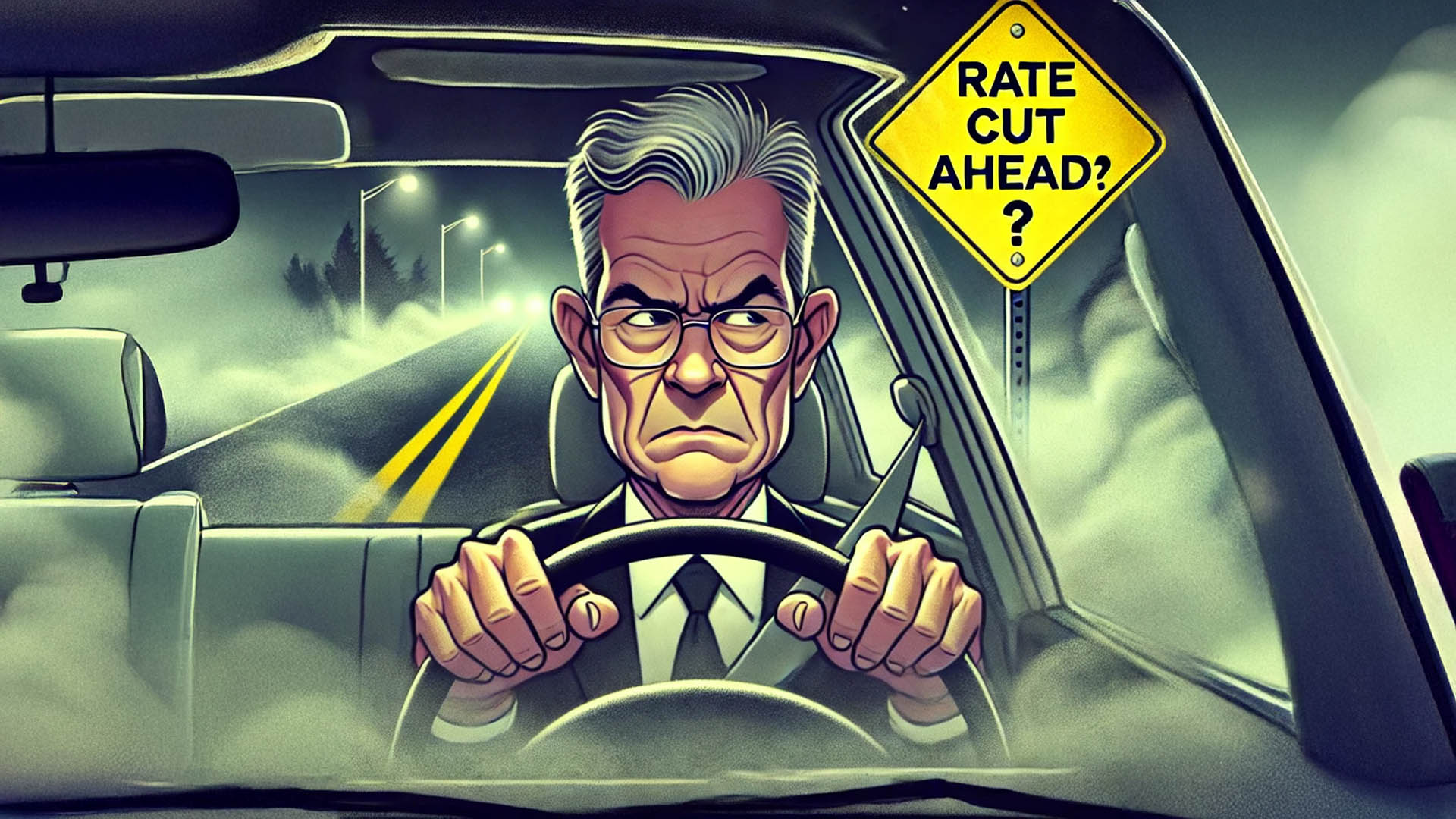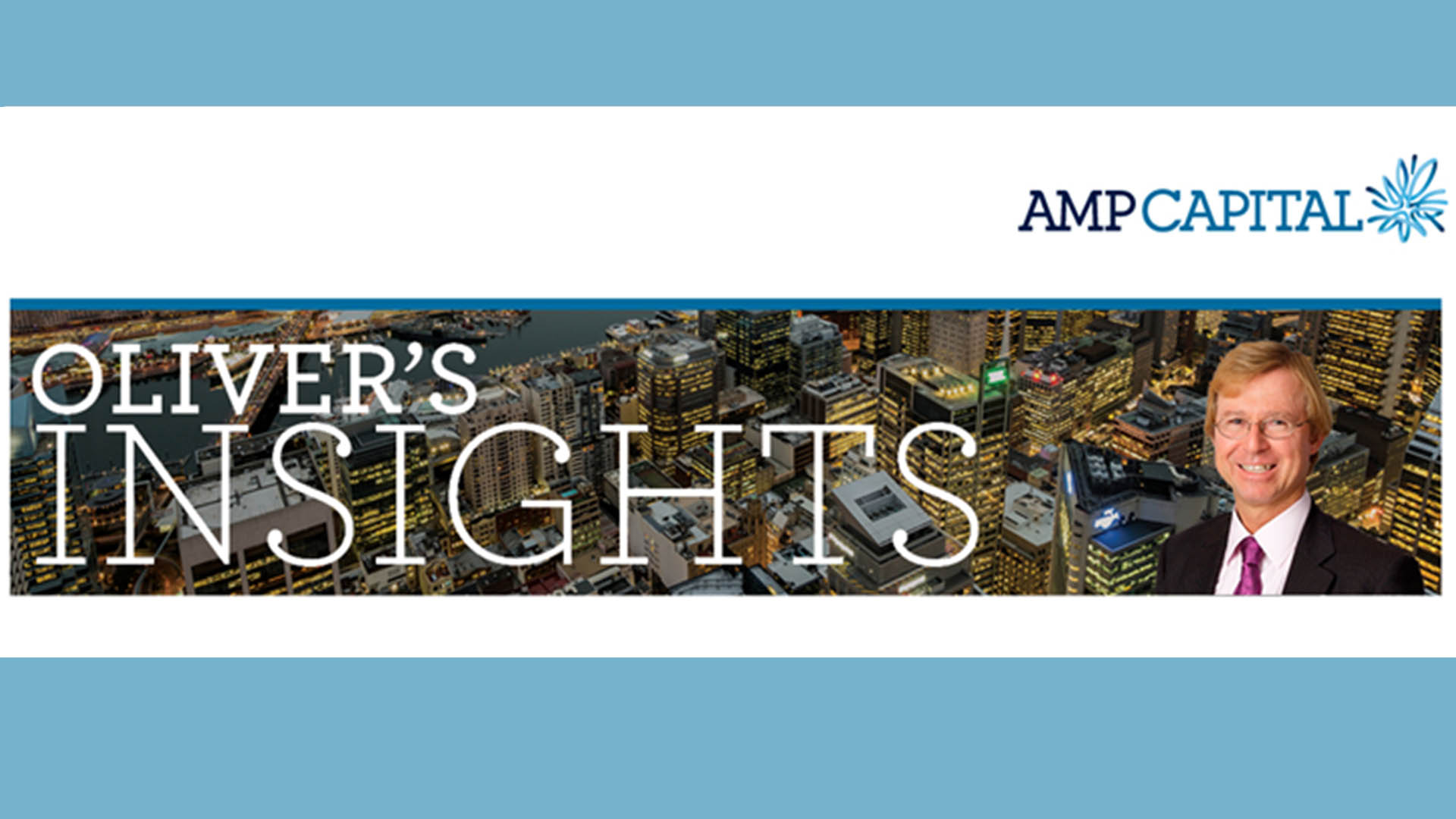The monthly labour market report from the Australian Bureau of Statistics has again confounded many gloomy analysts and economists by easily surpassing job creation estimates of around 20,000.
While the seasonally adjusted jobless rate rose to 4.2% last month, its highest point since November 2021, nearly 60,000 new jobs were created. Hours worked increased, and more people entered the job market, pushing the participation rate to a record high.
This news will undoubtedly baffle recession-watchers and pessimists eager to justify rate cuts by the Reserve Bank. They had anticipated an unchanged jobless rate of 4.1% and were likely disheartened to see the ABS highlight the rate’s increase before revealing the far more substantial job growth.
The ABS data provides no evidence supporting the need for a rate cut. The jobs market remains robust, and with thousands more people actively seeking employment, the surge in participation is highly positive. The creation of 58,200 new jobs last month further reinforces this strength.
In fact, the combination of a strong jobs market and falling real wages (as per the Wage Price Index) directly contradicts the Reserve Bank’s concerns about persistent inflation and wage growth. If employers were genuinely worried about rising costs and wages, they would not be rapidly adding jobs – nearly 80,000 in the past two months.
A positive trend emerged in the breakdown of new jobs for the month, with a significant increase in full-time positions. The ABS reported a 60,500 rise in full-time employment to 10.01 million people, while part-time employment decreased by 2,300 to 4.459 million people. Typically, a tightening labour market leads to a decline in full-time and an increase in part-time jobs.
Overall, the labour force expanded by 0.4%, and hours worked surged by 7 million.
Kate Lamb, ABS Head of Labour Statistics, stated in Thursday’s release: “The unemployment rate rose to 4.2 per cent in July, with the number of unemployed increasing by 24,000 people and employed by around 58,000. This combined increase lifted the participation rate to a record high of 67.1 per cent.”
She continued, “The employment-to-population ratio rose by 0.1 percentage point to 64.3 per cent, indicating employment growth outpaced population growth and was just below the historical high of 64.4 per cent in November 2023.”
Lamb added, “Although the unemployment rate increased by 0.1 percentage point in each of the past two months, the record high participation rate and near-record high employment-to-population ratio demonstrate a continued high number of people in jobs and actively seeking employment.”
She noted that while unemployment reached 637,000 people in July, its highest point since November 2021, it remains approximately 70,000 people below pre-pandemic levels. The unemployment rate of 4.2 per cent is also higher than November 2021 but is 1.0 percentage point lower than March 2020.














